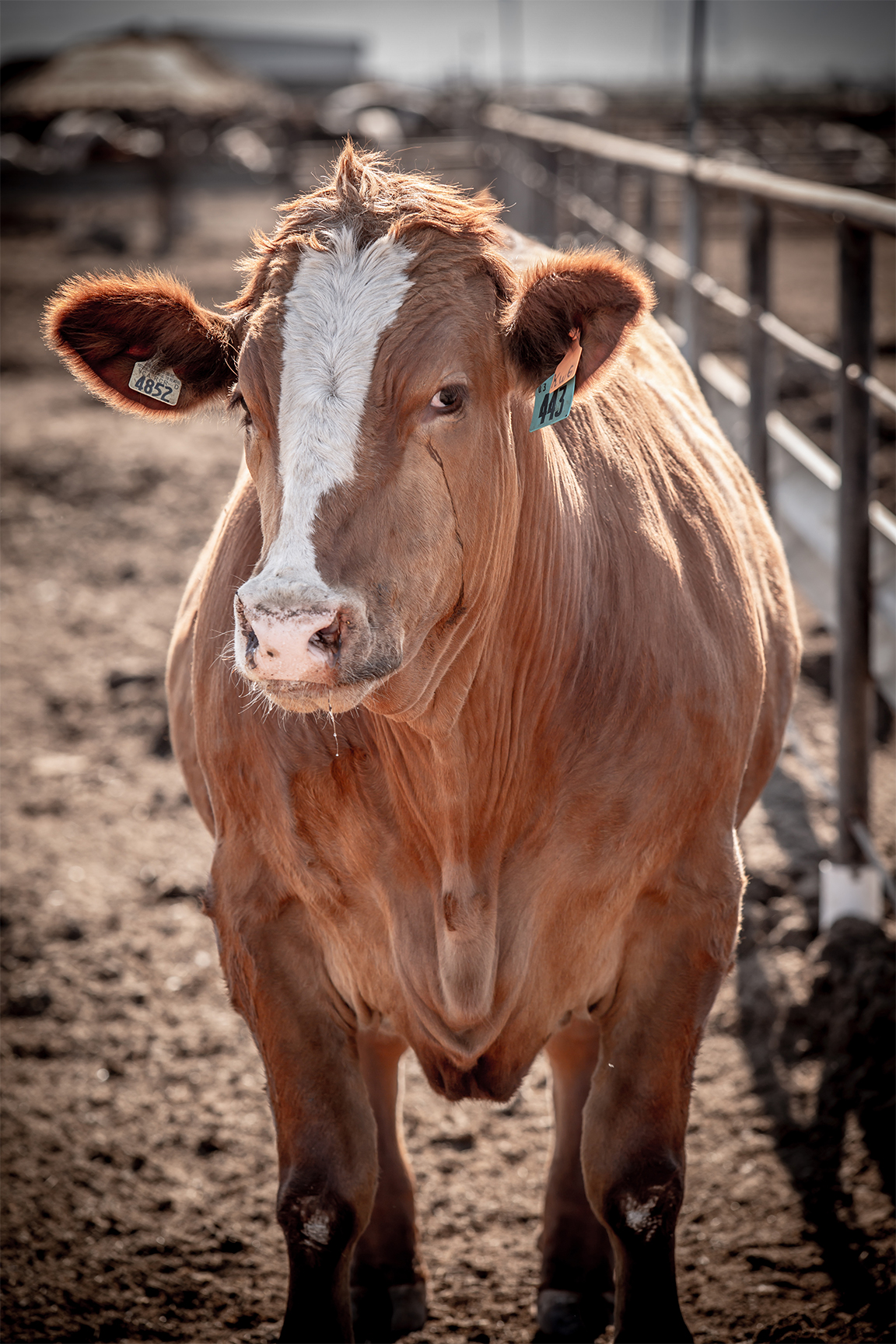What is the difference between Grass-Fed Beef and Organic Beef?
There is a lot of overlap between organic and Grass Fed beef, because both practices represent a dedication to raising healthier, less chemically-contaminated cows. However, not every cow raised on the pasture is USDA Certified Organic, and not every organic cow is fed a 100% grass diet or allowed unlimited access to the range. If you have to choose between one or the other, it’s important to understand what each label means, and how they each impact the health of your family.
What Grass Fed Beef Means
Grass fed beef simply means that the cattle were allowed to forage and graze for their own fresh food. They may be given close substitutes like alfalfa during the winter, but unlike grain-fed animals, the emphasis is still on providing the closest thing to a natural diet as possible. Grains are higher in calories, and encourage the cows to grow much faster and cheaper, but grass is much higher in key nutrients like Omega–3s and B vitamins, and result in steaks that are leaner, healthier, and much more flavorful. This is why grass-fed meats are strongly recommended by the Paleo Diet.
What Organic Beef Means
The organic label doesn’t so much describe how the cattle was raised as list all the ways that they can’t be raised. The cows cannot be confined in a feed lot for any extended period of time, cannot be over-crowded or kept in unsanitary conditions, and cannot be directly or indirectly exposed to artificial pesticides, fertilizers, antibiotics, hormones, GMOs, or other synthetic contaminants.



